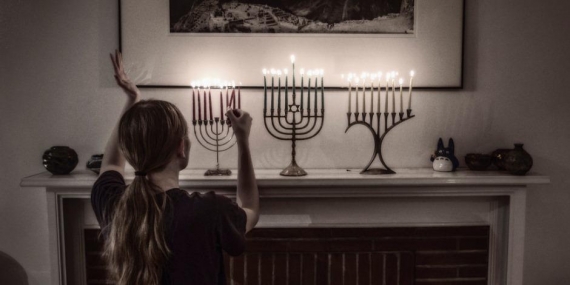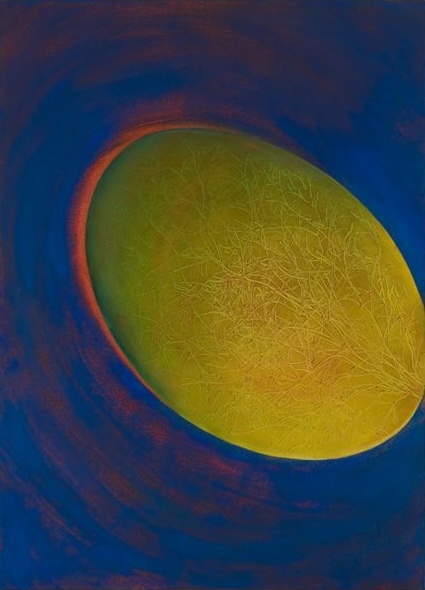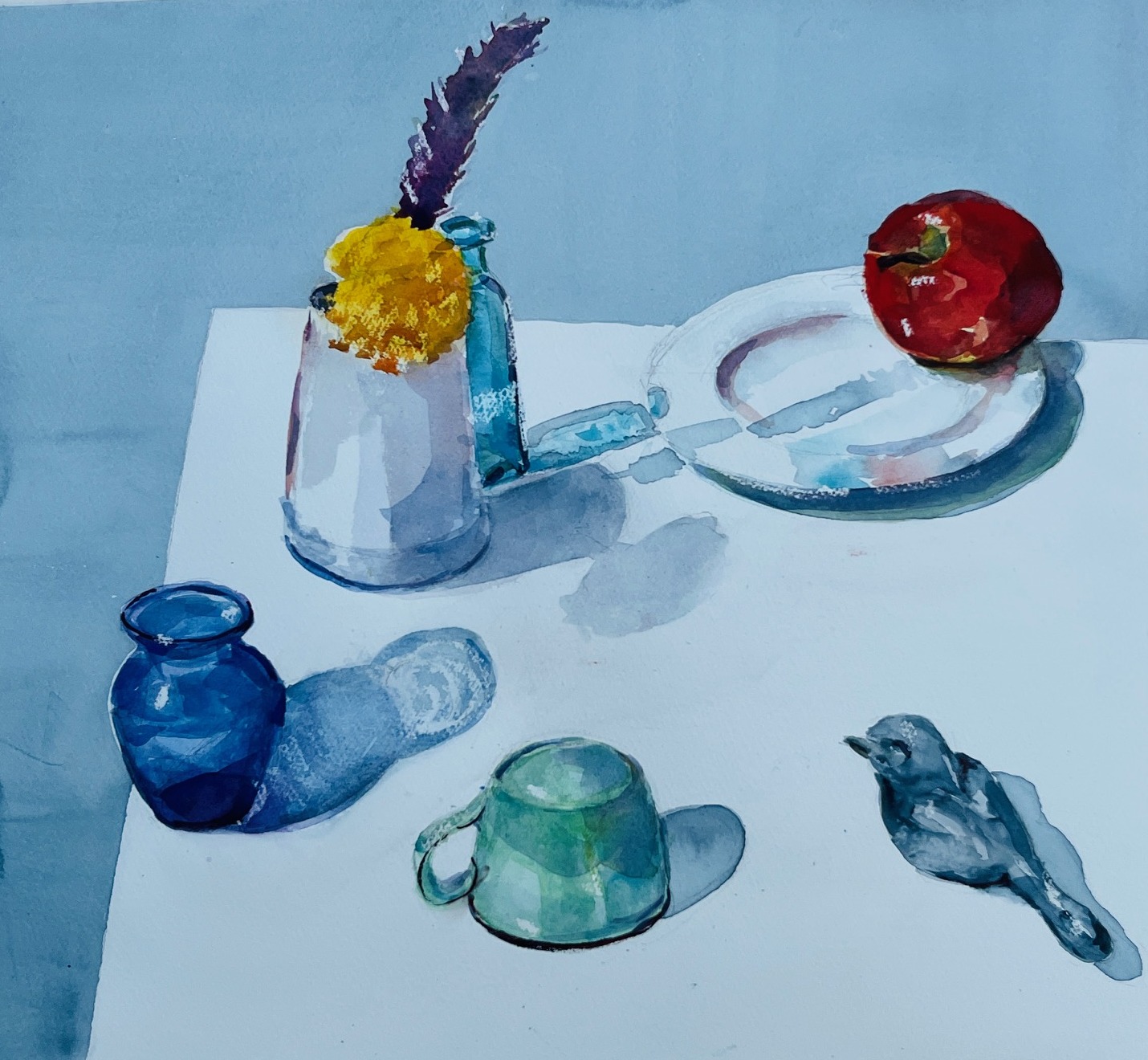This is an Improvisational Passover seder where the story is acted out, rather than reading it. I started experimenting with the seder because I wasn’t satisfied with the traditional Passover seder. The story of the exodus from Egypt is a fantastic and inspiring story that can be personally meaningful, but I found that the story got lost among all the commentaries, rituals, symbols, and additional stories. I wanted the seder to be fun, engaging, and meaningful. This seder tells the story by acting it out!
Start by gathering everyone to sit in a circle with an empty space in the middle (like the living room), not sitting at the dining room table. By making this one change I have found that everyone feels more free to engage in the story and with each other. The seder leader should decide how many rituals and blessings to include in addition to this improv story. I have found that including blessings at the beginning helps to mark our space as sacred and indicate that we are doing something special. Following the blessings we invite everyone to talk about the object they brought (see attachment) and how it represents personal freedom.
Then it is time to continue with the improv Passover story (see attachments). Enjoy!












